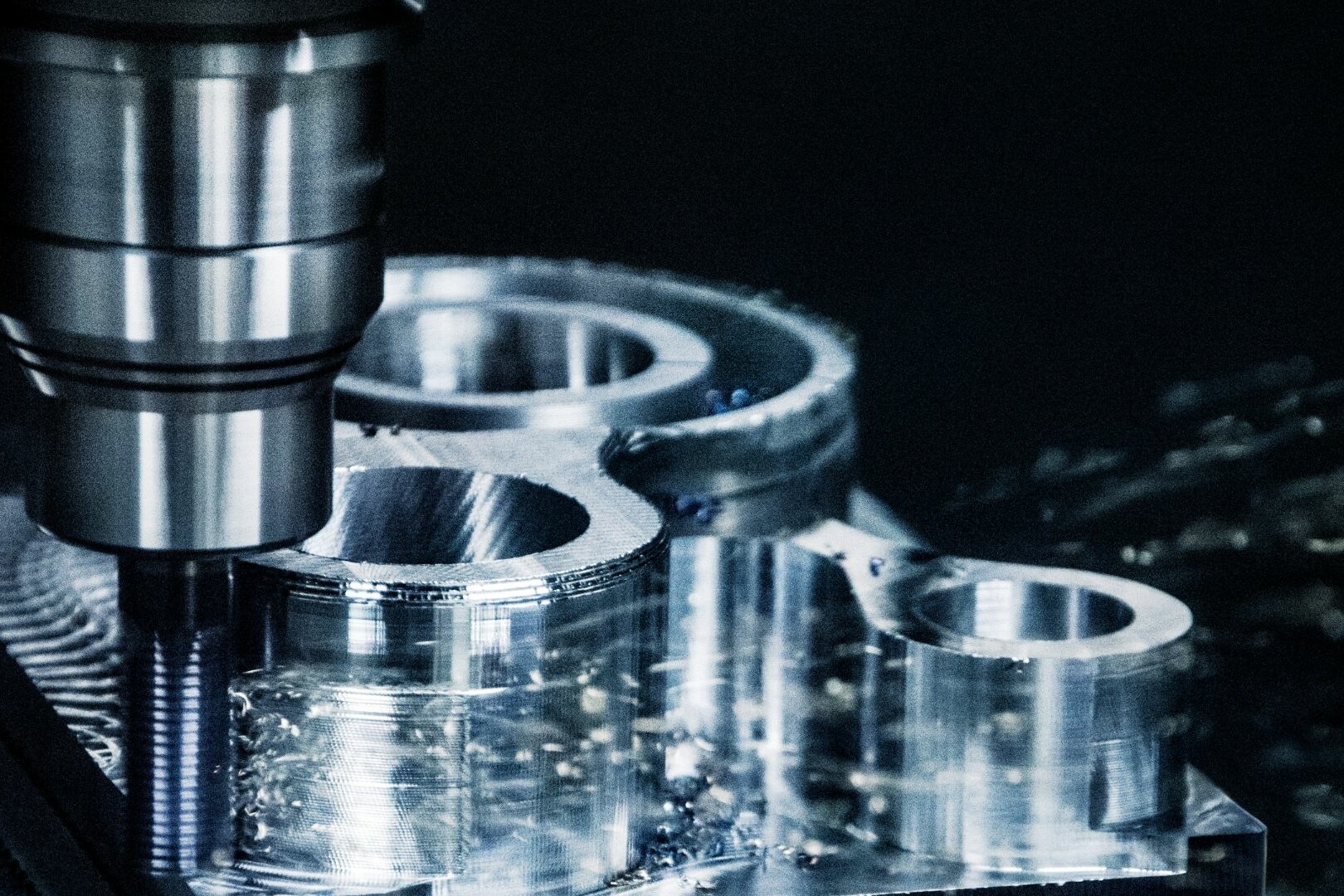Machine reliability holds importance in maintaining smooth operations and fueling business success. Whether it’s manufacturing, energy, transportation, or any other sector reliant on machinery, breakdowns and unplanned downtime can result in significant financial losses, decreased productivity, and even compromise safety.
To tackle these challenges head-on, businesses have turned to predictive maintenance as a proactive approach to equipment maintenance. Predictive maintenance leverages advanced technologies and data analytics to predict when machines are likely to experience failures or suboptimal performance. By adopting this method, organizations can address issues before they become major problems, ultimately enhancing machine reliability.
Before diving into the intricacies of predictive maintenance, let’s take a moment to highlight some of its key benefits. First and foremost, predictive maintenance helps reduce costs and increase efficiency. By accurately predicting equipment failures, organizations can avoid costly unplanned downtime and optimize maintenance schedules, leading to significant savings. Additionally, predictive maintenance enhances safety and risk mitigation by identifying potential failures before they occur, preventing accidents and ensuring employee well-being. Lastly, this approach extends the lifespan of equipment by predicting and preventing wear and tear, reducing unnecessary maintenance activities.
Understanding Predictive Maintenance
Predictive maintenance can be defined as a proactive maintenance strategy that uses historical and real-time data, along with advanced analytics, to predict when equipment failures are likely to occur. By identifying potential issues in advance, organizations can schedule maintenance activities and address problems before they result in costly downtime or major breakdowns. This approach minimizes the need for reactive maintenance and enables businesses to make data-driven decisions.
How Does Predictive Maintenance Differ from Preventive Maintenance?
While both predictive maintenance and preventive maintenance aim to improve machine reliability, they differ in their approach. Preventive maintenance involves performing routine maintenance activities based on a predefined schedule or number of operating hours. In contrast, predictive maintenance takes a more dynamic and data-driven approach. Instead of relying on fixed intervals, it uses real-time data and advanced analytics to predict the optimal timing for maintenance activities, ensuring that maintenance is performed only when necessary.
The Components of Predictive Maintenance
To better understand predictive maintenance, let’s explore its key components.
Data Collection
Data lies at the heart of predictive maintenance. Gathering relevant data from machines is crucial for accurate predictions. This data can be collected through various sensors, monitoring devices, and automation systems installed on the equipment. Examples of data collected include temperature, vibration, pressure, energy consumption, and other relevant parameters that provide insights into the machine’s health and performance.
Data Type
Data types are a critical aspect of predictive maintenance. It involves various types of methods to detect any deviations from normal operating conditions. Various techniques are employed for predictive maintenance, including vibration analysis, thermal imaging, oil analysis, acoustic monitoring, and more. These techniques provide valuable information about the health and performance of the machinery, allowing maintenance teams to identify issues and take proactive measures.
Data Analysis
Once the data is collected, it needs to be analyzed to extract meaningful insights. Advanced analytics techniques, such as machine learning algorithms, statistical analysis, and pattern recognition, are applied to identify patterns, anomalies, and potential failure indicators. These analyses help identify early warning signs and predict future failures, enabling timely intervention and maintenance.
The Role of Artificial Intelligence and Machine Learning in Predictive Maintenance
Artificial intelligence (AI) and machine learning (ML) technologies play a significant role in predictive maintenance. These technologies enable organizations to make sense of vast amounts of data and extract meaningful insights. By analyzing historical data and continuously learning from real-time data, AI and ML algorithms can detect patterns, identify correlations, and predict future failures with high accuracy. The ability to uncover hidden patterns and anomalies empower businesses to take proactive steps to ensure machine reliability.

The Benefits of Predictive Maintenance
Cost Reduction and Increased Efficiency
Minimizing Downtime and Production Losses
One of the most significant advantages of predictive maintenance is its ability to minimize downtime and production losses. By accurately predicting equipment failures, organizations can schedule maintenance activities during planned downtime or non-peak hours, reducing the impact on production. This proactive approach helps avoid costly unplanned downtime, which can disrupt operations, delay deliveries, and result in financial losses. By minimizing downtime, businesses can maintain a steady production flow, optimize resource utilization, and meet customer demands more effectively.
Optimizing Maintenance Schedules
Predictive maintenance enables organizations to optimize their maintenance schedules based on actual equipment conditions. Traditional preventive maintenance often relies on fixed intervals, leading to unnecessary maintenance activities and wasted resources. With predictive maintenance, maintenance activities are performed when the data indicates that they are required, avoiding unnecessary maintenance and reducing associated costs. By optimizing maintenance schedules, businesses can allocate resources more efficiently, reduce idle time, and improve overall operational efficiency.
Enhanced Safety and Risk Mitigation
Identifying Potential Failures Before They Occur
Predictive maintenance acts as a powerful tool for identifying potential equipment failures before they occur. By continuously monitoring the condition of machines and analyzing data in real-time, organizations can detect early warning signs of deteriorating performance or impending failures. This proactive approach allows maintenance teams to take necessary actions to rectify the issues, preventing catastrophic failures that could lead to safety hazards, production interruptions, or even accidents.
Preventing Accidents and Ensuring Employee Safety
Implementing predictive maintenance not only improves machine reliability but also enhances overall workplace safety. By identifying and addressing potential equipment failures in advance, organizations can prevent accidents and ensure the safety of their employees. Timely maintenance interventions significantly reduce the risk of equipment malfunctions or failures that could cause harm to workers. A safer work environment boosts employee morale, reduces the likelihood of injuries, and mitigates potential legal and financial liabilities.
Extending Equipment Lifespan
Predicting and Preventing Wear and Tear
Predictive maintenance allows organizations to predict and prevent wear and tear on equipment. By monitoring key parameters, such as vibration, temperature, lubricant quality, and energy consumption, businesses can detect early signs of degradation and intervene before significant damage occurs. This proactive approach helps extend the lifespan of machinery by addressing issues at an early stage, reducing the need for costly repairs or premature replacements. By maximizing equipment lifespan, organizations can achieve better return on investment and optimize their asset utilization.
Reducing Unnecessary Maintenance Activities
With traditional maintenance approaches, there is a tendency to over-maintain equipment, resulting in unnecessary maintenance activities. Predictive maintenance eliminates this wasteful practice by ensuring that maintenance is performed based on actual equipment condition. By accurately predicting maintenance needs, businesses can avoid unnecessary inspections, replacements, or repairs, reducing both direct and indirect maintenance costs. This streamlined approach not only saves resources but also minimizes equipment downtime and disruption to operations.
The Future of Predictive Maintenance
Advancements in Technology and Analytics
The future of predictive maintenance looks promising, with continuous advancements in technology and analytics. Machine learning algorithms and AI capabilities are becoming more sophisticated, allowing for more accurate predictions and proactive maintenance actions. Improved sensor technologies, such as wireless and remote monitoring devices, are making data collection easier and more cost-effective. As these technologies evolve, the effectiveness and efficiency of predictive maintenance will continue to improve.
Integration of Predictive Maintenance into Industry 4.0
The integration of predictive maintenance with Industry 4.0 initiatives is on the horizon. Industry 4.0 focuses on the digital transformation of manufacturing and other industries through the integration of IoT, automation, and data analytics. Predictive maintenance will play a crucial role in this transformation, with real-time data analysis and remote monitoring capabilities enabling proactive maintenance and optimization of production processes.
Predictive Maintenance as a Service (PDMaaS)
Predictive Maintenance as a Service (PDMaaS) is an emerging trend where specialized service providers offer predictive maintenance solutions to organizations. PDMaaS providers leverage their expertise, advanced analytics platforms, and domain knowledge to deliver predictive maintenance capabilities without the need for organizations to invest heavily in infrastructure and talent. This approach allows businesses to access the benefits of predictive maintenance while focusing on their core operations.
Recommended Blog Posts
September 4, 2023
Powerful Signal Analysis Tools for Vibration Analysis
Predictive maintenance, crucial for machinery reliability, heavily relies on vibration analysis. Techniques like FFT…
September 4, 2023
Rotating Machinery Vibration Analysis
Vibration analysis is a critical tool in various industries like manufacturing, power generation, and transportation.…
December 28, 2022
Fault Diagnostic Technique Using Machine Mode Similarity Analysis
AI can diagnose machine faults with vibration data but machine mode similarity analysis is an alternative, it uses…
September 15, 2022
Understanding Rotating Machinery Data
Machine data is generated by physical attributes and actions of machines, collected by sensors and analyzed for…
August 6, 2021
Envelope Analysis
Bearings are critical elements in rotating machines, they support radial and axial loads, and reduce friction. Real…
May 6, 2021
What is Cepstral Analysis?
Cepstral Analysis, a tool used to detect periodicity in frequency spectrum, can be useful in gearbox fault detection in…
October 9, 2020
How is Fault Detection Performed?
Vibration measurements and analysis, using multiple parameters, can identify developing problems in machinery before…
September 21, 2020
Parameter Selections in Vibration Measurement
Vibration measurements are used to determine the response of machines to forces and identify potential issues. It is…
September 4, 2020
What is Vibration Analysis?
Vibration analysis can be used to discover problems in machines and predict when they might fail. It can significantly…
Sensemore Condition Monitoring Solution
If you enjoyed this blog, explore our Condition Monitoring Solution page.











